University Longyan University | Province Fujian Area 19,069 km2 | |
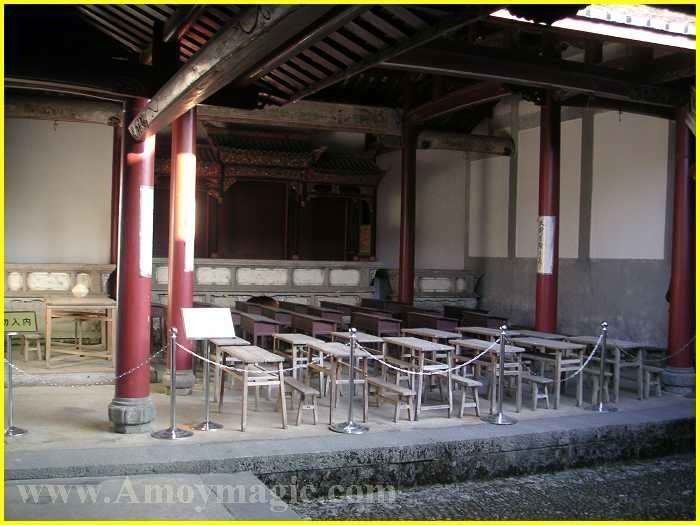 | ||
Map of Longyan
Longyan (simplified Chinese: 龙岩; traditional Chinese: 龍岩; pinyin: Lóngyán; Pe̍h-ōe-jī: Lêng-nâ or Liong-nâ; literally: "dragon rock"; Hakka: Liùng-ngàm) is a prefecture-level city in southwestern Fujian province, People's Republic of China, bordering Guangdong to the south and Jiangxi to the west.
Contents
- Map of Longyan
- Why longyan china
- Quick view of longyan city travel chinafujian
- History
- Environment
- Geography and climate
- Demographics
- Administration
- Culture
- Economy
- Transport
- Famous people from Longyan
- References
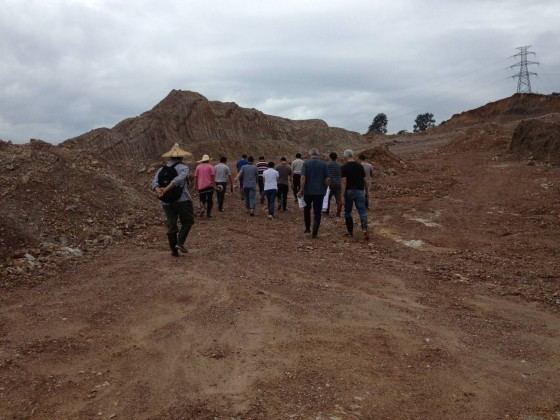
Why longyan china
Quick view of longyan city travel chinafujian
History
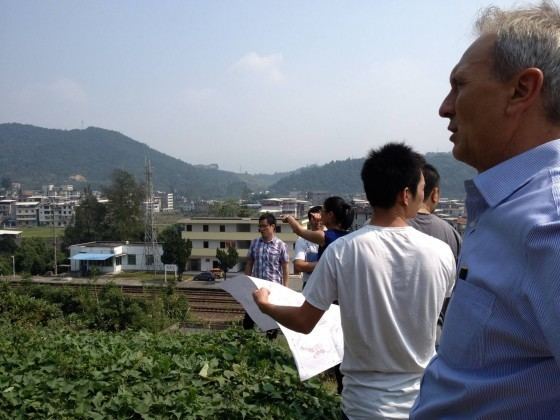
In 736 AD, (the Tang Dynasty), the prefecture of Tingzhou was established in western Fujian, or Minxi (闽西), administering Changting, Huanglian and Xinluo counties. Six years later Xinluo was named Longyan for the nearby cavern, a famous scenic site.
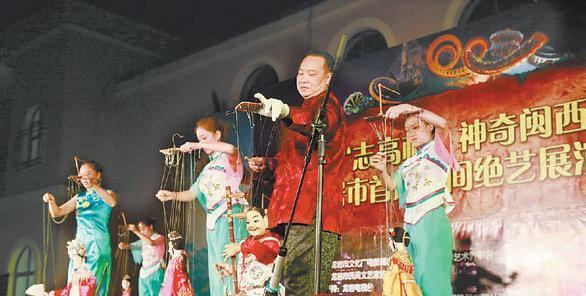
Due to the ancient conflicts in central China and aggression from northern tribes, many Han people moved from central China to Longyan.
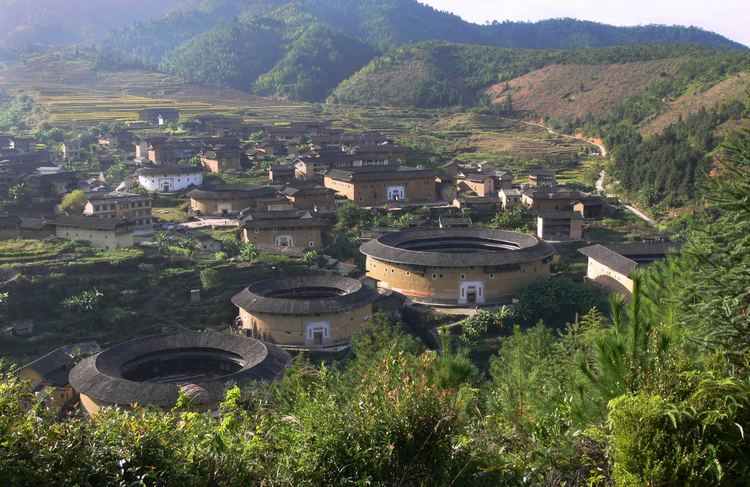
in 1734, the area was designated Longyan Prefecture by the imperial court. In 1913, it reverted to its former name Longyan County and in 1981, Longyan City was established.
Minxi was a strategic base during the Chinese Civil War.
It's said that tens of thousands of people from Longyan joined the PLA during the Chinese Civil War, and nearly every family had someone sacrificed lives on behalf of CCP side. There are more than 26,000 locals that took part in the Long March which in total is carried out by 86,000. Moreover, during 1955 and 1968, 68 people from Longyan were awarded Brigadier General or above, which accounts for 82% of all generals from Fujian province at the time, therefore, Longyan is also named after "The Home of Generals".
Environment
Unlike many Chinese cities, the forest coverage of Longyan reaches an unusually high 77.9%, which is unparalleled in Fujian province. Meihuashan National Nature Reserve, a part of the China Biosphere Reserve Network, is located in Longyan.
Goby Rhinogobius longyanensis was first described from Longyan and named after it. Presumably also the prehistoric bivalve Claraia longyanensis got its name from Longyan.
Geography and climate
Longyan is situated in the upper reaches of the Jiulong and Ting Rivers. It borders the prefecture-level cities of Sanming to the north, Quanzhou to the east, Zhangzhou to the southeast, Meizhou (Guangdong) to the southwest, and Ganzhou (Jiangxi) to the west and northwest.
Longyan has a monsoon-influenced humid subtropical climate (Köppen climate classification Cfa), with short, mild winters, and long, hot and humid summers. Despite its inland location, the city's summers rank among the mildest in the province, averaging lower than even Xiamen and the islands of Pingtan County, both of which receive significant maritime moderation. Rainfall is greatest in spring and early summer and at its least in autumn and early winter.
Demographics
The prefecture-level city of Longyan had a population of 2,559,545 inhabitants as of 2010, according to the 2010 National Census. The population of Longyan in 2010 was 4.65% inferior than in 2000 (when the inhabitants of the city stand at 2,684,310), giving an average annual rate of growth of -0.47%.
Administration
The municipal executive, legislature and judiciary are in Xinluo District (新罗区), together with the CPC and Public Security bureaux. The information about population uses the 2010 Census data.
Culture
Longyan is famous for it as the "Home of Hakka People", as 75% of the population is composed of Hakka people. The city of Changting is often referred to as the home of the Hakka, while the Ting River is known as the "mother river" of the Hakka people. The Hoklo people in Xinluo and Zhangping speak Hokkien, while their speech is somewhat influenced by Hakka Chinese. Due to the difference between Hoklo culture and Hakka's, there is a diversity of traditions and values in Longyan.
Economy
Longyan serves as a strategic center for the distribution of goods to Xiamen, Quanzhou and Zhangzhou. It also acts as a gateway for trade with Guangdong and Jiangxi province. It is the main connection between the inland and coastal area.
Longyan is rich in natural resources such as in important mineral deposits and forest zones. The Septwolves tobacco business is an important contributor to the local economy, as is the Zijin Mining group. The largest construction equipment maker Lonking Holdings is based in the city.
